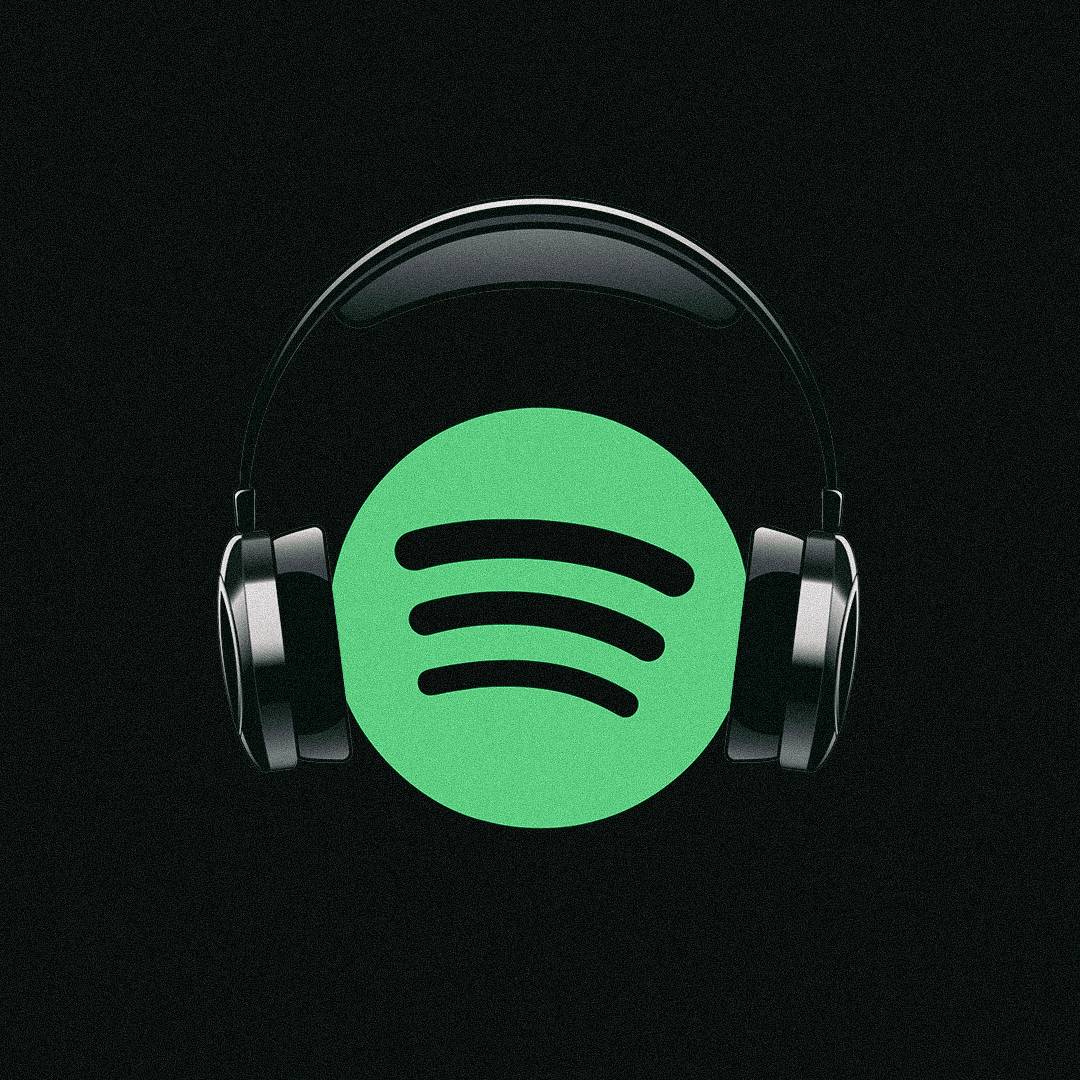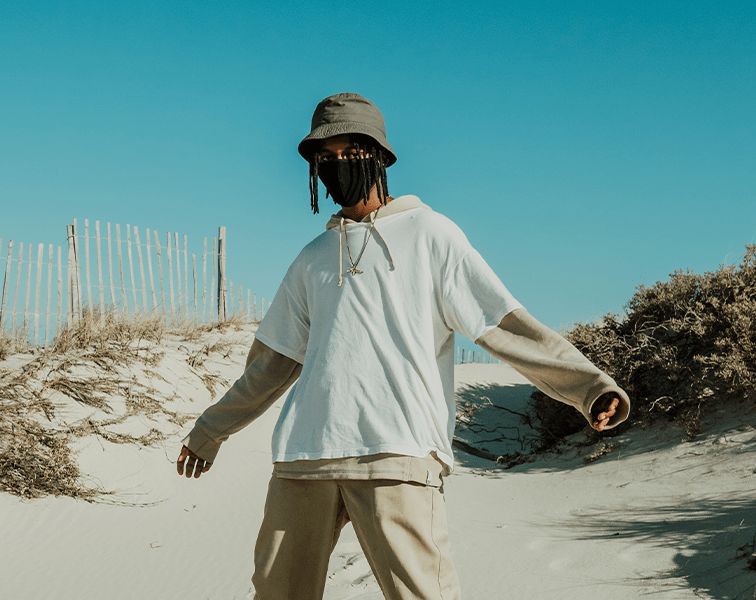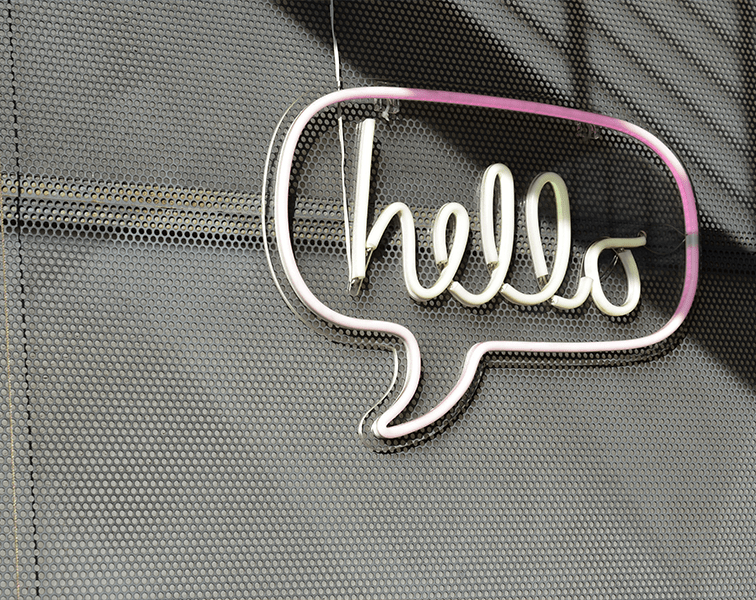Spotify acquired podcast tech company Whooshkaa back in 2021, and just announced the integration of its “Broadcast-to-Podcast” automation via Megaphone. The result, a massive technological leap and bridge between media outlets. This combination represents a fundamental shift in the music marketing business since it brings together two channels that have previously been antagonistic. The technology benefits both sides since it allows Spotify to get into the traditional radio audience while allowing radio broadcasters to reach new audiences on Spotify.
Spotify’s Appeal to Radio’s Established Audiences
For more than a century, radio transmission has been a fixture in the entertainment business. Despite the advent of digital media, radio remains popular with audiences, with more than half of consumers (53%) listening to radio weekly, compared to 32% who listen to podcasts (MIDiA Research, Q4 2022). The technology underpinning Spotify’s broadcast-to-podcast capability enables radio broadcasters to make the digital move. Spotify’s core demographic of 16-34-year-olds is a younger group that radio has struggled to attract. Spotify can boost its credibility in the news genre, which is typically a top podcast category among listeners, by including radio coverage on its platform.
While Spotify’s audience is younger, its latest podcast initiatives, such as the famous Emma Chamberlain program, have been largely focused on Gen Z. Because the largest podcast video audience is 25-44-year-olds, radio broadcasters may struggle to attract to younger viewers that rely on video. As a result, radio material may clash with Spotify’s TikTok-style home page, which is heavy on video. Spotify must have a sufficient amount of content that appeals to its older audience, while the technology underpinning broadcast-to-podcast allows radio to get into Spotify’s younger audience.
Click here to read the full article.



